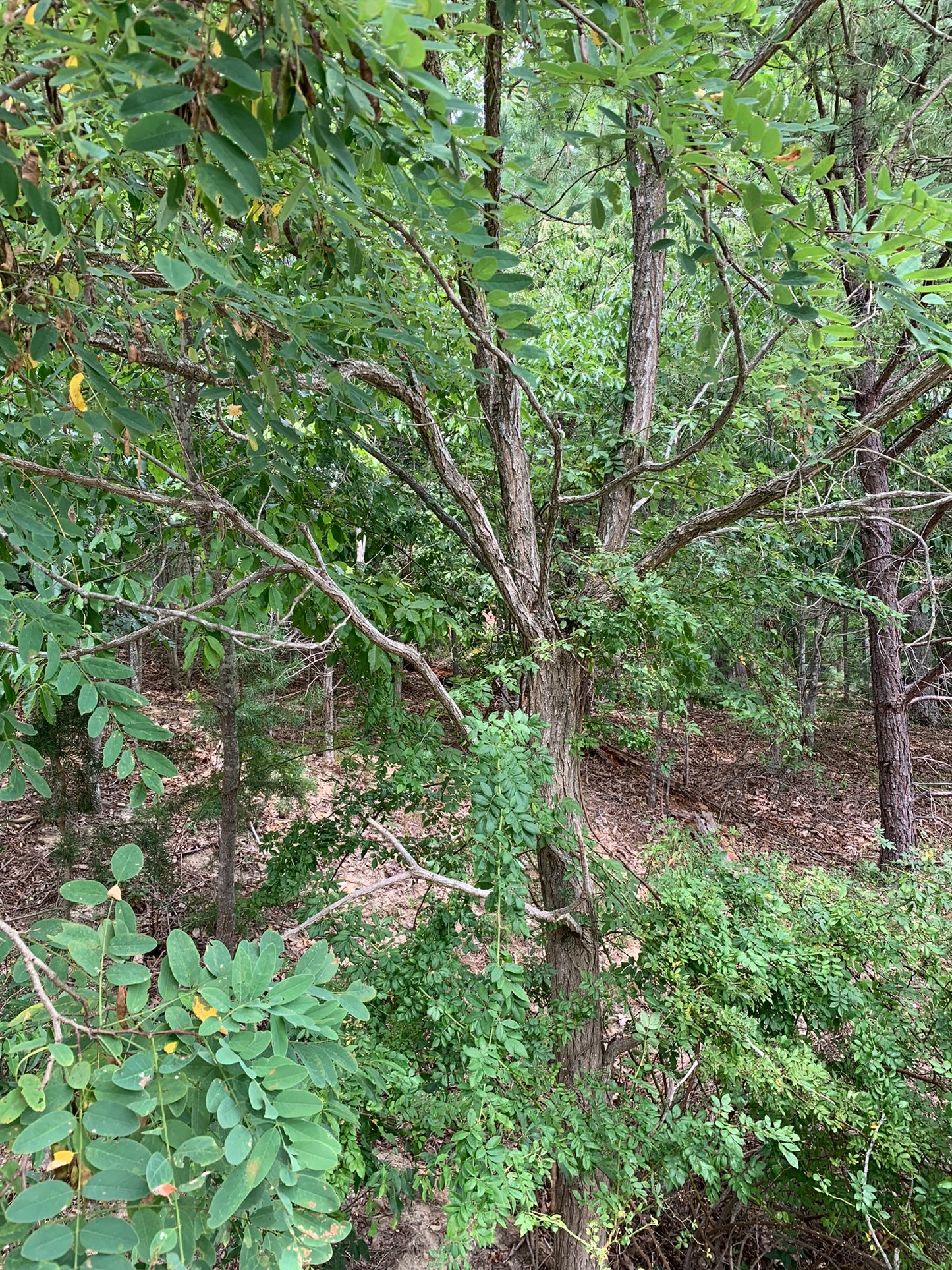Living Soil Tree Farm
Black Locust
Black Locust
Couldn't load pickup availability
Black Locust (Robinia pseudoacacia)
Black locust is an interesting tree and there are many reasons why you may wish to grow them. For one the wood is very rot resistant and commonly used as fence posts. Some folks are testing black locust boards against treated lumber and finding that locust is at least comparable if not longer lasting. The rot resistance of black locust is insane. Black locust wood is also extremely hard, harder than white oak. It has been noted by some folks to be particularly hard on drill bits and saws.
This species is in the legume family and therefore is able to pair with rhizobium bacteria in the soil to fix nitrogen. Some, but not all, black locust seedlings produce thorns. The trees also sucker regularly allowing them to create a dense thicket. This can be easily controlled by mowing.
Livestock adore the leaves and will happily snack on any limbs you cut for them. These trees respond well to coppicing and grow back with vigor. It is also important to note that the flowers on this tree are very beautiful and edible, they look similar to pea or bean flowers. Bees also love the flowers. If you're going to eat them be sure to get them fresh, right after they open. Black locust is native to the eastern united stated although the exact extent of its native range is not completely understood.
This tree has been cultivated extensively and exists often outside of its native range. Due to its aggressive shallow rooting habit, ability to fix nitrogen, and its preference for full sun black locust is a great tree for planting in disturbed areas. This tree is also very well suited for erosion control. The wood burns very hot and is a great choice for firewood. Black locust grows exceptionally fast. It is not uncommon for trees to grow upwards of 6 feet tall from seed in their first year. This makes them extremely fun to grow!
Do not that black locust is considered invasive in some areas outside its native range. They can spread rapidly by seed and suckers.
Materials
Materials
Shipping & Returns
Shipping & Returns
Dimensions
Dimensions
Care Instructions
Care Instructions



